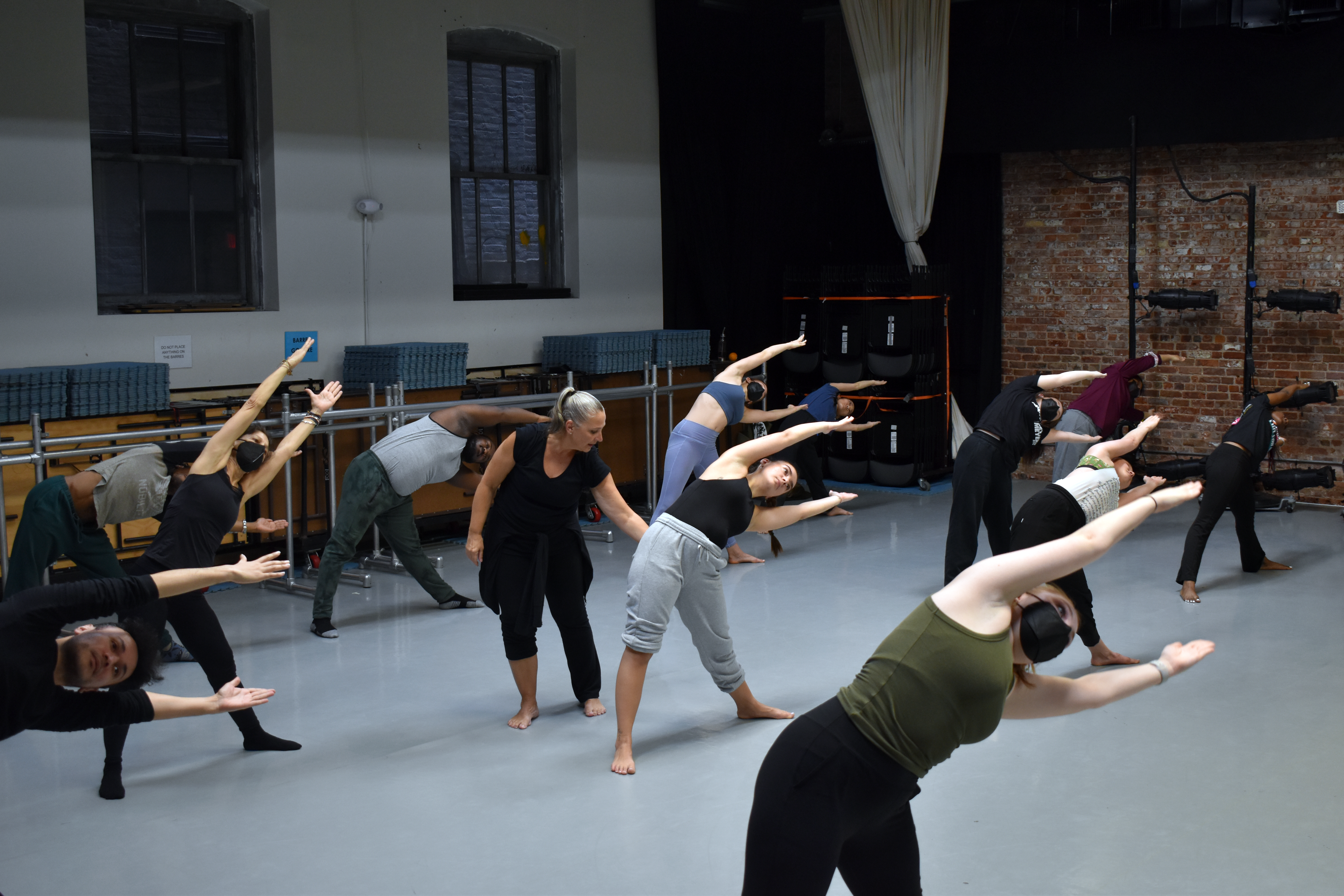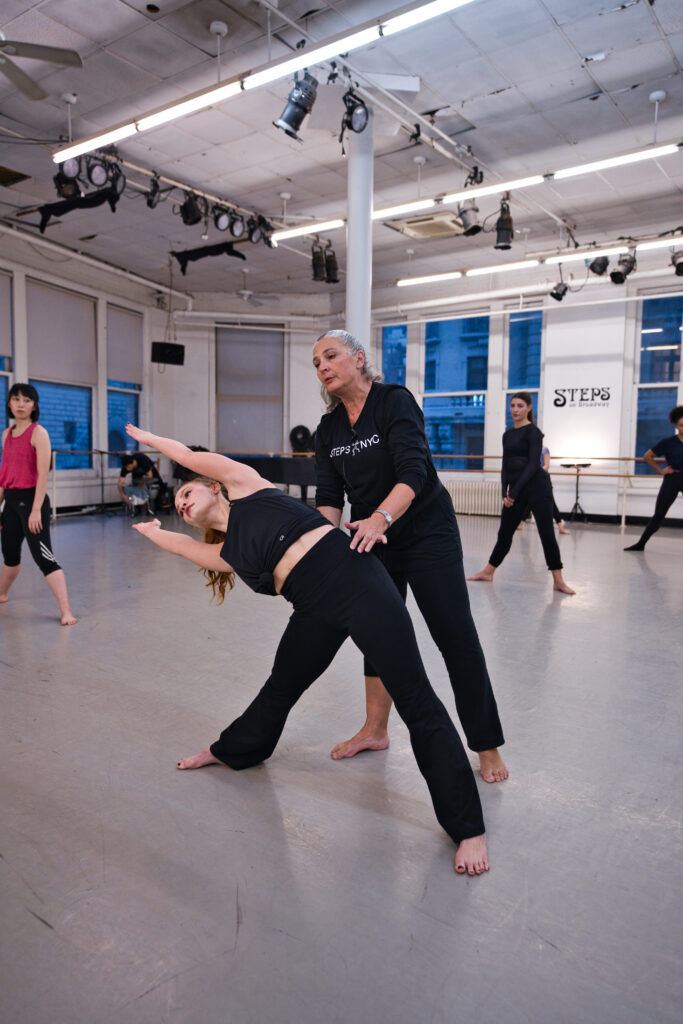
Whether it’s that small hamstring strain that started last week or the knee discomfort you have been dealing with for years, teaching with an injury can be a literal pain. No matter your age, all dance teachers are susceptible to injuries. They can make teaching unpleasant and demonstrating unfeasible. Injuries can even force you to step away from your job to heal. So how does one continue teaching with an injury, big or small, with practicality, safety and a positive mindset?
New York City Horton teacher JoLea Maffei—who currently teaches at Steps on Broadway, The Steps Conservatory, Peridance Center and the Ailey School Professional Division—recently returned to teaching after undergoing hip surgery. Over the last 10 years, she had developed arthritis and microtears in her labrum, causing subluxation, or partial dislocation of the hip. Although Maffei was initially able to alleviate the pain through physical therapy, it eventually returned, so she decided to move forward with a total hip replacement in 2022. After taking three months off postsurgery to recover, Maffei is now back teaching.
Here, she provides advice on best practices for teaching with and recovering from an injury.
Use Demonstrators
Using a student to demonstrate the desired execution of a movement can relieve you from physical pain and allow you more freedom to watch and correct.
Maffei’s use of a demonstrator came long before her injury. Because she teaches many open classes with a mix of first-time and long-time students, her demonstrators helped to keep the class flowing. “I can move through the class and do direct one-to-one teaching, as opposed to standing up front and giving a lot of general corrections,” she says.
Maffei explains that her demonstrators don’t need to be perfect since she continues to train and give them feedback while they demonstrate, which is helpful for everyone in the class. “It’s a two-way street that benefits both of us,” Maffei says. The demonstrator is reliable and supports Maffei in class and, in return, Maffei invests time and energy to train the student.
While having a demonstrator didn’t begin as a necessity for Maffei, life experiences, including pregnancy, illness, injury and aging, have made having one extremely useful. If you aren’t able to have a preselected class assistant as a demonstrator, Maffei recommends asking a student in the class who is familiar with the material, or students could take turns demonstrating. Or using your own arms and upper body, if your injury is in your lower body. You can also use verbal cues alone to keep the class going.

Be Open and Realistic
Don’t be afraid to let your class know about your injury, and be realistic with your physical limitations. “It’s important to be transparent,” Maffei explains, “as injury is a part of a dancer’s life whether you are 20, 40 or 60 years old.” Maffei tells her class when she can’t execute a movement and reaches out to her demonstrator for assistance. It can be difficult to keep yourself from pushing through the pain to show something the class isn’t doing correctly. “Do I have the temptation to say, ‘No, like this!’?” Maffei asks, admitting: “I do. But I know what my limitations are. I can’t jeopardize it.” So if teaching is your livelihood, be mindful of what your body can handle.
Be a Role Model
Maffei believes that she is a role model to her students who may experience injuries themselves, and she empathizes with the fear and sadness young dancers experience when they get injured.
During class, Maffei tries to be an example for her students when she’s injured, by modifying the movement to fit her limitations. Sometimes this means demonstrating using her other leg or adjusting the height of an extension. Maffei also explains to her students that it’s OK to take time off to rest and heal. She believes that the time spent dealing with or recovering from an injury helps dancers discover what works for their bodies, whether that is acupuncture, physical therapy, massage or something else. “Everything you’re learning to do [to care] for yourself now,” Maffei tells her students, “is information that you’ll rely on for the rest of your career.”
Stay Positive and Take Care of Yourself
“I like to think there is something positive to come out of [recovering from an injury], even though it’s obviously a drag,” Maffei says. Since getting injured is a common part of being a dancer or teacher, it’s important to keep this positive mindset and take necessary steps, like using demonstrators, communicating with your students and knowing your physical limitations. As Maffei says, “You have to be wise if you want to dance for a long time.”





